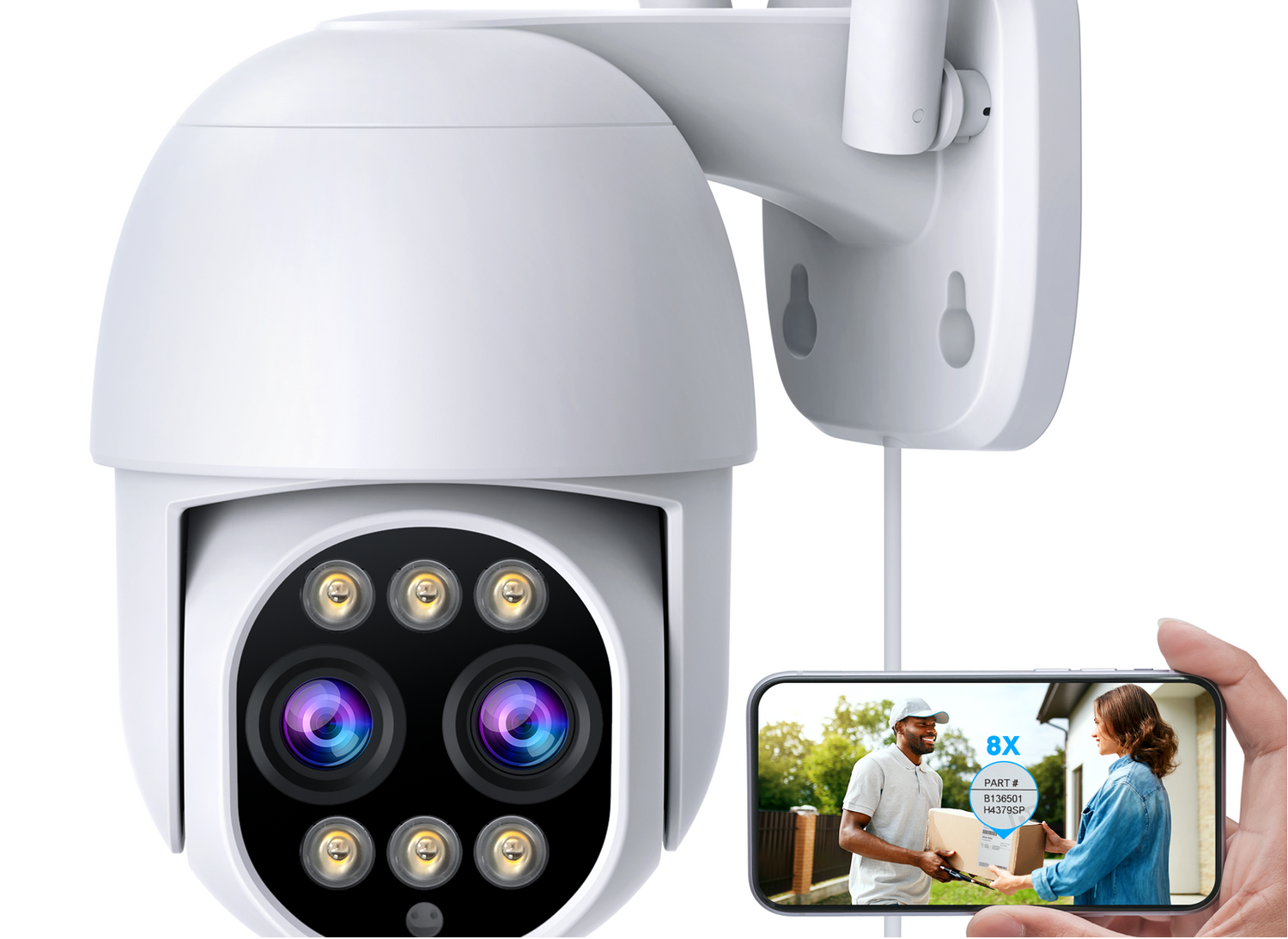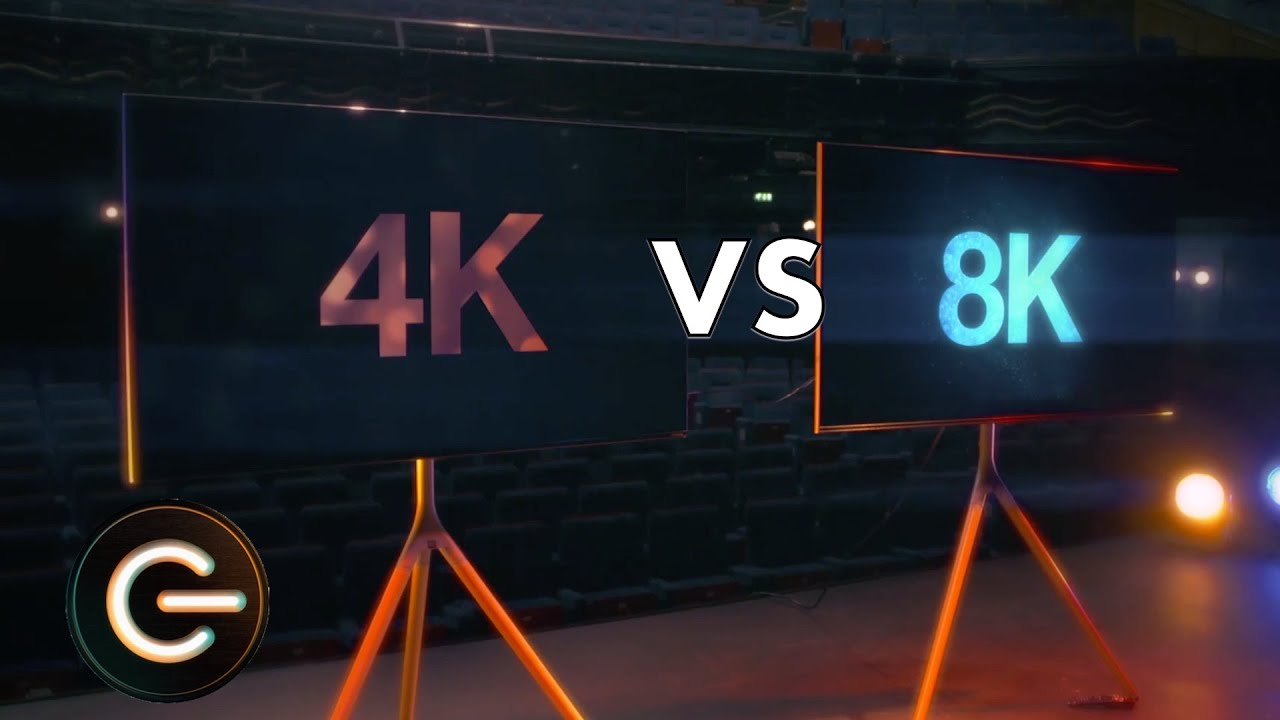Dual lens security cameras are sophisticated surveillance devices that leverage two lenses to capture high-quality images and videos from different perspectives. These cameras are designed to enhance surveillance capabilities, providing comprehensive coverage of the monitored area. Below, we delve into the workings of dual lens security cameras, detailing their functionality and benefits.
Dual Lens Configuration

Dual lens security cameras typically consist of two separate camera modules housed within a single unit. Each lens captures images independently, allowing for simultaneous recording of footage from different angles. These lenses may have varying focal lengths or fields of view to cater to different surveillance needs.
Comprehensive Coverage
One of the primary advantages of dual lens cameras is their ability to provide comprehensive coverage of the monitored area. By capturing footage from multiple angles simultaneously, these cameras minimize blind spots and ensure that no area goes unnoticed. This comprehensive coverage enhances security and surveillance effectiveness.
Day/Night Functionality

Many dual lens security cameras are equipped with advanced day/night functionality. This feature enables the cameras to adapt to changing lighting conditions, ensuring optimal image quality both during the day and at night. In low-light environments, infrared (IR) LEDs may be utilized to illuminate the scene, allowing the cameras to capture clear footage even in complete darkness.
Wide Dynamic Range(WDR)

Dual lens cameras often incorporate Wide Dynamic Range (WDR) technology to overcome challenging lighting conditions. WDR enables the cameras to balance exposure levels in scenes with both bright and dark areas, ensuring that details are visible across the entire image. This feature is particularly beneficial in environments with high contrast or backlighting.
Image Stitching and Blending

To provide seamless coverage, dual lens cameras may employ image stitching and blending techniques. These processes involve combining footage from the two lenses to create a single cohesive image or video stream. By seamlessly merging the two perspectives, these cameras eliminate distortions or discontinuities, resulting in a smooth and uniform surveillance feed.
Panoramic View

Some dual lens cameras offer panoramic viewing capabilities, allowing users to monitor wide areas with a single device. By leveraging the two lenses to capture overlapping images, these cameras can generate panoramic or 360-degree views of the surroundings. This panoramic functionality enhances situational awareness and facilitates comprehensive surveillance.
Motion Detection and Analytic

Dual lens security cameras may integrate motion detection algorithms and analytics to enhance surveillance capabilities. These features enable the cameras to detect motion within the monitored area and trigger alerts or recordings accordingly. Advanced analytics algorithms can differentiate between human, vehicle, and other types of motion, reducing false alarms and improving overall accuracy.
Remote Monitoring and Management
Modern dual lens security cameras often support remote monitoring and management capabilities. Users can access live feeds, review recordings, and adjust camera settings remotely via a computer, smartphone, or tablet. This flexibility allows for convenient surveillance monitoring and management from anywhere with an internet connection.
In conclusion, dual lens security cameras offer advanced surveillance solutions with comprehensive coverage, adaptive functionality, and remote accessibility. By leveraging two lenses, these cameras provide enhanced situational awareness and security, making them valuable assets for various applications, including residential, commercial, and industrial surveillance systems.




Leave a comment
This site is protected by hCaptcha and the hCaptcha Privacy Policy and Terms of Service apply.